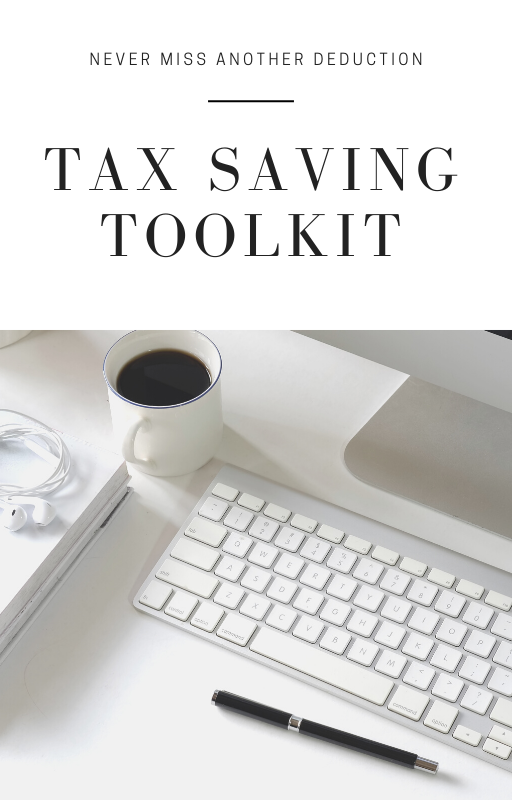Did you know that there are over 2 million active businesses throughout Australia? However, many of these companies fail within the first few years. As you might guess, part of running a successful business involves investing with the right strategies.
Asset protection is something that all entrepreneurs need to know about, but not everyone understands where to start. We’ve created a brief guide that outlines the key factors to consider when it comes to asset protection strategies.
Let’s dive into all you need to know about asset protection planning so you can do the best to protect yourself in the future.
So, What Is Asset Protection?
In simple terms, asset protection is the legal process of shielding your assets from creditors and lawsuits.
It involves placing your assets in specific legal structures, such as trusts or companies, that can, in some circumstances, protect them from creditors. Asset protection planning is a complex and technical area of the law, so it’s important to consult with a professional before moving forward. Otherwise, you might face issues you could have avoided.
What Are the Benefits of Asset Protection?
There are several key benefits of asset protection that you can take advantage of.
One of the primary ones is that, in some circumstances, it can protect your assets from creditors. Don’t wait until you are facing a lawsuit or have a lot of debt. At this stage it is often too late to restructure. Early planning and placing your assets in an asset protection structure can help shield them from creditors.
Another key benefit of asset protection is that it can help your estate avoid costly probate. Probate is a costly and time-consuming legal process that happens after someone dies. If you have asset protection in place, your assets can be transferred to your beneficiaries without going through probate.
Finally, asset protection can also help you minimise taxes. Certain asset protection structures, can help you reduce your tax liability.
What Happens if I Don’t Have It?
If you don’t have asset protection in place, your assets are at risk. Creditors including the ATO, can go after your assets to satisfy debts, and you could lose them in a lawsuit.
In the worst cases, you could lose virtually everything related to your own. Keep this in mind when moving forward so you can take the necessary steps to protect yourself.
What Are the Different Types of Asset Protection?
One of the most common is a Limited Liability Company( LLC). LLCs are legal entities that can own and hold assets. They’re also relatively easy to set up and maintain.
Another popular asset protection structure is trusts. Trusts are legal arrangements that allow you to transfer your assets to another person or entity. There are many different types of trusts, but some common ones include Family Discretionary trusts, and living trusts.
You can also use offshore asset protection structures, such as foreign corporations and trusts. These are legal entities that are based in another country. Offshore asset protection can be complex, so it’s important to consult with an experienced Lawyer before taking any action.
Finally, you can also use estate planning techniques for asset protection. For example, you can use a will or living trust to transfer your assets to your beneficiaries after you die. You can also use beneficiary nominations, such as life insurance policies and superannuation accounts, to transfer your assets.
What Complications Should I Be Aware of?
Asset protection planning is a complex area of the law, so it’s important to consult with an experienced asset protection Lawyer before taking any action.
There are also a few key complications that you should be aware of. One is that asset protection planning can be expensive.
Setting up trusts and LLCs can cost hundreds or even thousands of dollars. You may also need to hire an asset protection Lawyer to help you with the process. Another complication is that asset protection planning can be time-consuming.
It can take weeks or even months to set up the necessary legal structures and most will be ineffective if set within four years of a lawsuit. If you’re facing a lawsuit, you may not have the time to wait for your asset protection plan to be in place.
Asset protection planning can be complex without the proper guidance. So, it’s best to avoid trying it on your own.
There are many different types of asset protection structures, and each has its own rules and regulations. As previously mentioned, it’s important to consult with an experienced asset protection professional to make sure you’re using the right structure for your situation.
What Should I Look for in an Asset Protection Professional?
When you’re looking for an asset protection professional, there are a few key things to keep in mind. First, you want to make sure they’re experienced in asset protection planning.
Asset protection is a complex area of the law, so you want to make sure your professional knows what they’re doing. Second, they should be familiar with the asset protection structures that are available. You should also ensure your professional can help you choose the right form of asset protection for your circumstances.
Finally, you should only choose someone you can trust. Checking their reputation online is a great way to get a better idea of what you can expect from working with them.
Asset Protection Doesn’t Have to Be Complicated
Managing asset protection may seem difficult, but it’s much easier than you might expect. The above guidelines in mind will help you avoid obstacles you may have encountered. Feel free to reach out to us to learn more about how we can help.




